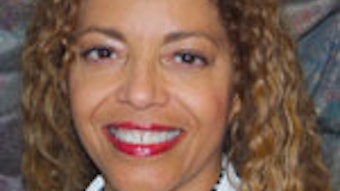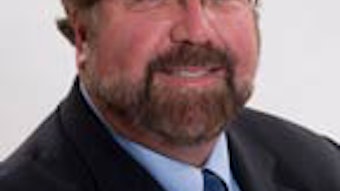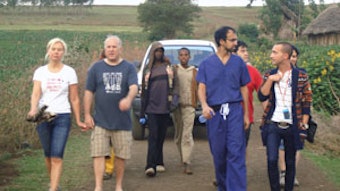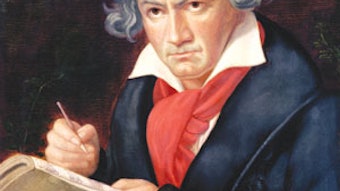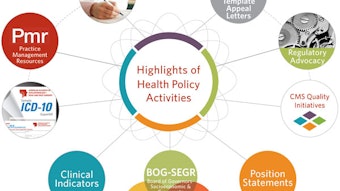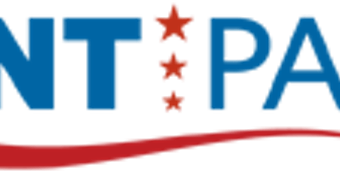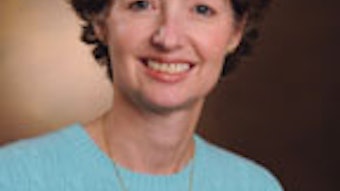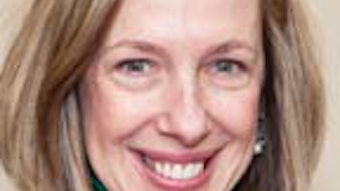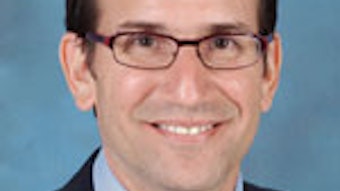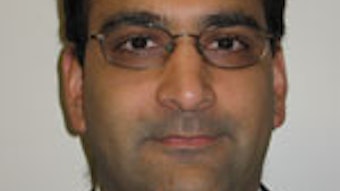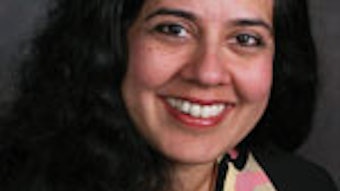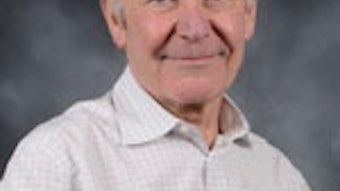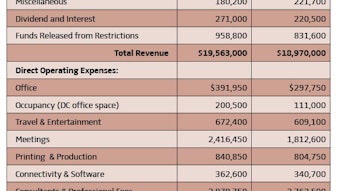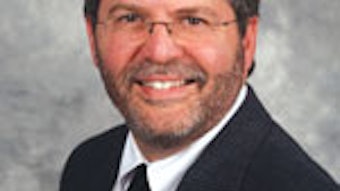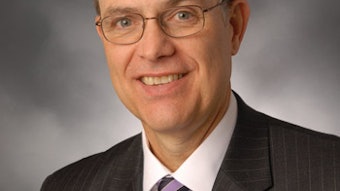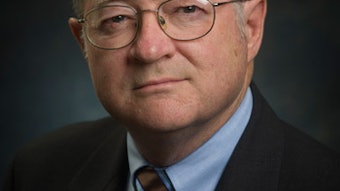See What All the Tweeting Is About—Follow the Government Affairs Twitter Account
Want to be one of the first to know what’s happening on Capitol Hill? If so, sign-up for Twitter and follow the Government Affairs account @AAOHNSGovtAffrs. You’ll receive daily updates on legislative and political issues impacting the specialty, your practice, and your patients. Get “insider” knowledge on matters such as repeal of the flawed Sustainable Growth Rate (SGR) formula, scope-of-practice battles, and Graduate Medical Education (GME) funding. Also, check out our Twitter scroll at www.entnet.org/advocacy for our latest tweets.

